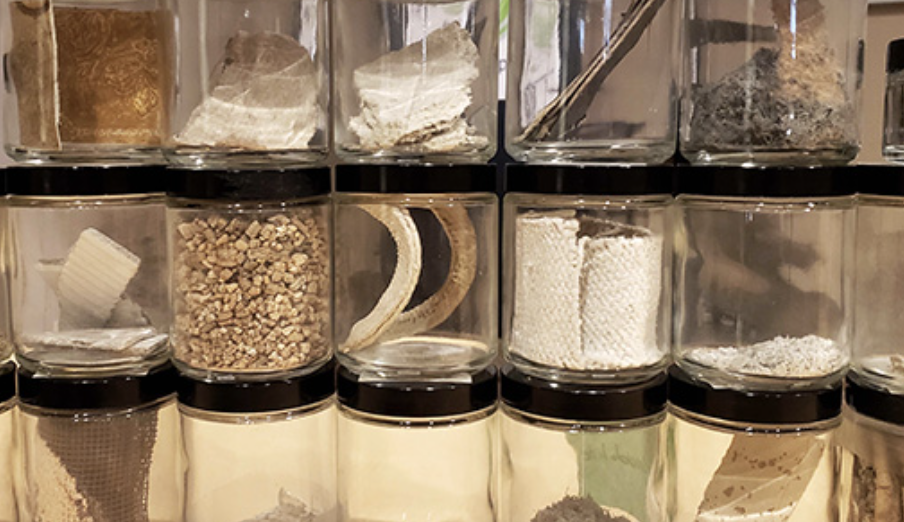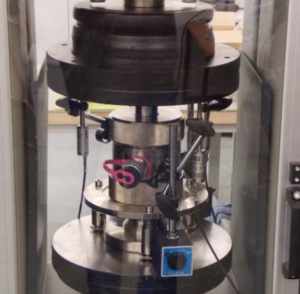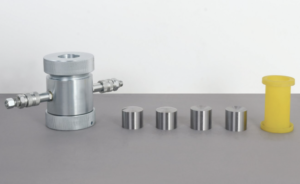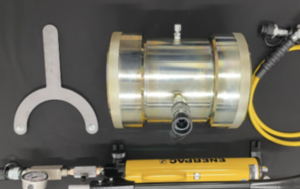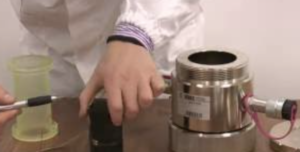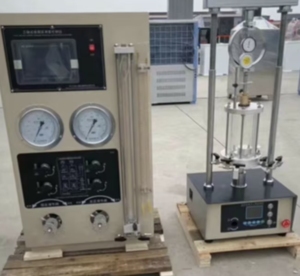From Bulk Sample to Test Specimen: Finding Your Best Method
Every great test result begins with something surprisingly simple: proper sample preparation. No matter how sophisticated your testing equipment is, if your specimen isn’t prepared correctly, your data won’t be reliable. Turning a bulk sample into a precise, representative test specimen is an art and a science—and it’s crucial for getting results you can actually trust.
Understanding the Importance of Sample Preparation
Sample preparation is the bridge between raw materials and accurate testing. It’s about making sure the small piece you test truly represents the whole1. Whether you’re testing concrete, metals, soils, or polymers, how you prepare your sample affects everything: strength results, chemical analysis, durability forecasts—you name it.
Why it matters:
- Ensures test accuracy and repeatability2.
- Reduces variability caused by defects or inconsistencies.
- Mimics real-world behavior3 in controlled environments.
- Saves time and money by preventing test failures or rework.
| Key Objective | Impact on Testing |
|---|---|
| Representativeness | Reliable, meaningful results |
| Consistency | Reduces random errors |
| Surface and shape control | Better performance in mechanical tests |
Without good preparation, you’re just testing random noise—not the material’s true properties.
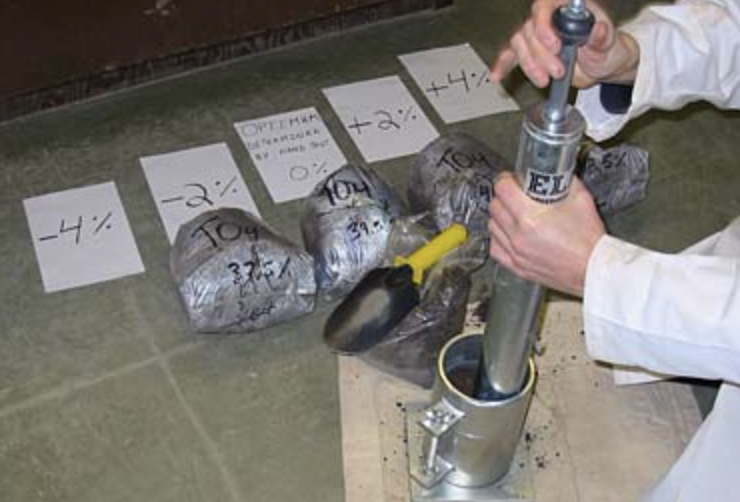
Common Methods for Preparing Test Specimens
The method you choose depends on your material type and the test you plan to perform. Here are some of the most common preparation techniques across industries:
Popular Methods:
- Cutting and Sectioning4: Using saws, shears, or lasers to size down the bulk sample.
- Grinding and Polishing5: Especially important for metals and composites to remove surface defects.
- Coring and Drilling: Used for concrete, asphalt, and rock samples to produce cylindrical specimens.
- Splitting and Quartering: Applied mainly to soils and aggregates to obtain representative sub-samples.
- Molding and Casting6: For plastics, ceramics, and some concretes where shaping before curing is needed.
| Material | Typical Preparation Method |
|---|---|
| Concrete | Coring, cutting |
| Metal Alloys | Sectioning, grinding, polishing |
| Soil and Aggregates | Quartering, compaction molding |
| Polymers | Molding, cutting, machining |
Choosing the right method ensures your specimen behaves like the original bulk material during testing.

Factors to Consider When Choosing a Preparation Method
Not every method fits every material—or every test. Choosing the right preparation method means balancing technical needs with practical realities7.
What to Think About:
- Material Properties8: Is it brittle? Ductile? Porous? Sensitive to heat?
- Test Requirements9: Does it need specific dimensions, surface finishes, or moisture conditions?
- Equipment Available: What tools and expertise do you have access to?
- Preservation of Features: Will the preparation method alter microstructure, composition, or moisture content?
| Factor | Why It Matters |
|---|---|
| Fragility of sample | Avoids inducing cracks or defects |
| Surface preparation needs | Influences friction, bonding, or reflectivity |
| Size tolerance | Some tests require strict dimension control |
A mismatch between material and method can compromise test reliability—or even destroy valuable samples.
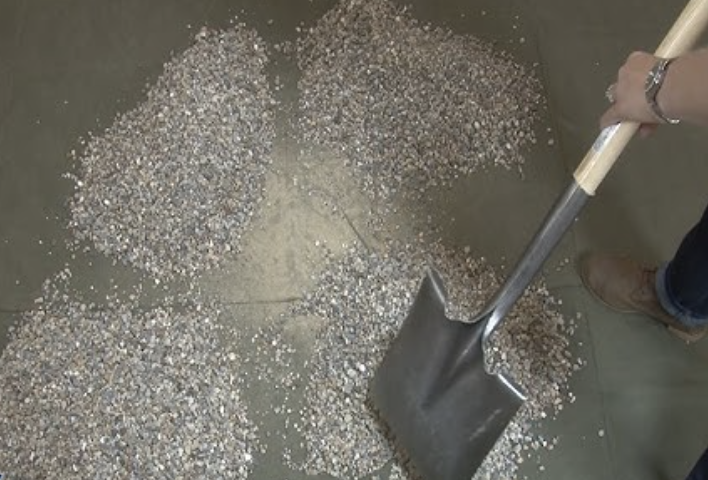
Best Practices for Reliable Specimen Preparation
Consistency is key. Even the best preparation method won’t help if it’s not applied carefully and systematically.
Tips for Success:
- Follow standard procedures (e.g., ASTM, ISO) whenever possible.
- Use sharp, clean tools to avoid contamination or material alteration.
- Document everything—cutting angles, environmental conditions, tool types.
- Minimize handling to prevent contamination or moisture loss.
- Perform quality checks like measuring dimensions, surface flatness, or moisture content before testing.
| Best Practice | Benefit |
|---|---|
| Standardized procedures | Comparable results across labs and time |
| Clean, precise tooling | Prevents introducing artifacts |
| Inspection before testing | Catches preparation errors early |
Reliable sample preparation doesn’t just support one test—it builds a foundation for every piece of data you collect.
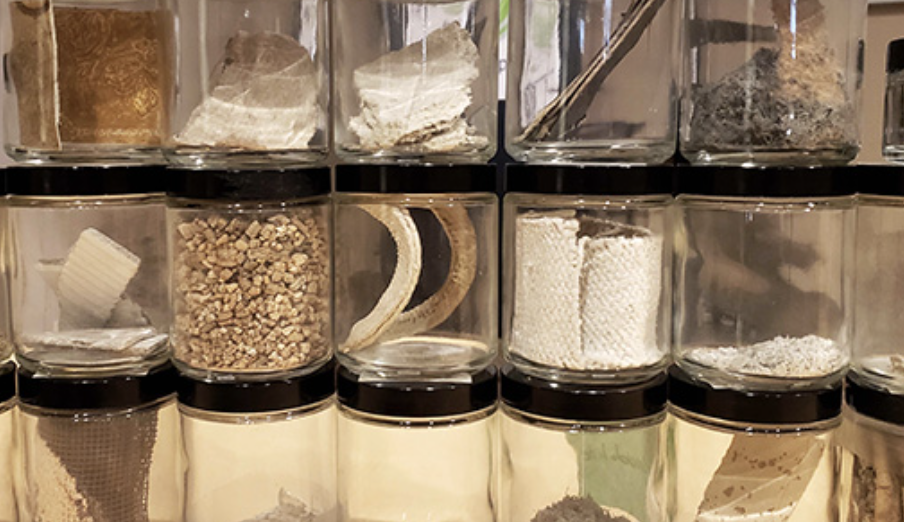
Conclusion
Turning a bulk sample into a reliable test specimen isn’t just a formality—it’s the foundation of credible testing. Choosing the right preparation method, based on your material, test, and quality goals, ensures that your data is accurate, repeatable, and truly meaningful. In testing, as in life, how you prepare sets the stage for everything that follows.
-
Understanding best practices in sample preparation can significantly enhance the accuracy of your testing results, ensuring reliability and efficiency. ↩
-
Exploring this topic will provide insights into how proper sample preparation can lead to more reliable and consistent testing outcomes. ↩
-
Learning about this can help you design tests that better reflect actual conditions, improving the relevance of your results. ↩
-
Explore this link to understand the best practices and techniques for effective cutting and sectioning in material preparation, ensuring quality results. ↩
-
Discover advanced techniques in grinding and polishing that enhance surface quality for metals and composites, crucial for various applications. ↩
-
Learn about essential considerations in molding and casting processes that can significantly impact the quality of plastics and ceramics. ↩
-
Understanding this balance is crucial for effective material preparation, ensuring optimal results in testing and application. ↩
-
Exploring material properties helps in selecting the right preparation method, enhancing the quality and accuracy of tests. ↩
-
Knowing test requirements is essential for ensuring that materials meet the necessary standards for successful testing. ↩

